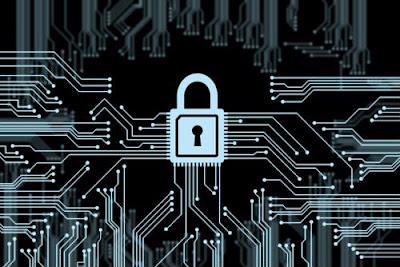Blockchain technology has been dragged into the spotlight in recent months due to its role as the basis for Bitcoin and similar cryptocurrencies. There's more to this information tracking method than digital wallet management, however. While Bitcoin has become a household name, there has been a parallel emergence of blockchain technology in the supply chain.
Decentralized, instantly accessible and tamper-free record-keeping has clear value for supply chain communication and collaboration between partner organizations. However, this doesn't mean the transition to widespread blockchain usage will be an overnight change.
It pays for potential users to examine the approaches already being considered or implemented to inspire their own embrace of the new solutions. The following are two use cases demonstrating blockchain technology's potential worth in different types of supply chain situations.
Sustainable ingredient tracking
One of the major challenges with making supply chains more sustainable and cutting out harmful practices has to do with the sheer amount of ambiguity and miscommunication that can come between different organizations around the world. Fortune described a project overseen by the World Wild Fund for Nature designed to make sustainability of seafood a variable tracked via blockchain technology.
The present project begins with tagging individual wild fish caught in the Pacific. The fish receive QR codes, and the data from those codes is logged in a blockchain system as they travel around the world. Each organization that handles the fish has access to its history, which makes it easy for companies and regulatory bodies alike to ensure that a particular animal came from a sustainable fishery.
QR codes aren't the only kinds of tracking technologies that can work with this particular blockchain application, either. According to Fortune, tech tools such as RFID tags are viable ways to follow items on their way, and supply chain participants can even upload photos and videos to prove where the fish come from.

Supply Chain Dive highlighted a second valuable role for blockchain tracking - keeping fraud and counterfeiting out of the pharmaceutical supply chain. Pharma giant GlaxoSmithKline is behind the new project, along with Viant, the same tech company that created the fish monitoring system for the World Wild Fund for Nature.
When it comes to ensuring shipments of medicines are secure, authentic and free from tampering, blockchain technology could be a great way to send data between companies and the regulatory bodies tasked with overseeing them. Viant's Tyler Mulvihill stated that he expects governments to realize that the blockchain is a viable and valuable way to track the product data required by law.
Supply Chain Dive explained that on top of regulatory woes, companies in the pharma supply chain are causing headaches for themselves with inefficient shipment procedures. Getting medicine to care providers that need it is a complex process, with locations consistently getting more or less than they need.
Whether the transparency granted by new blockchain technology will mostly be for the benefit of companies' own transparency and communication, or whether it's used as a regulatory compliance tool, its emergence in pharmaceuticals is just beginning. Over the next few years, organizations will test the limits of the solutions' potential.



Post A Comment:
0 comments so far,add yours